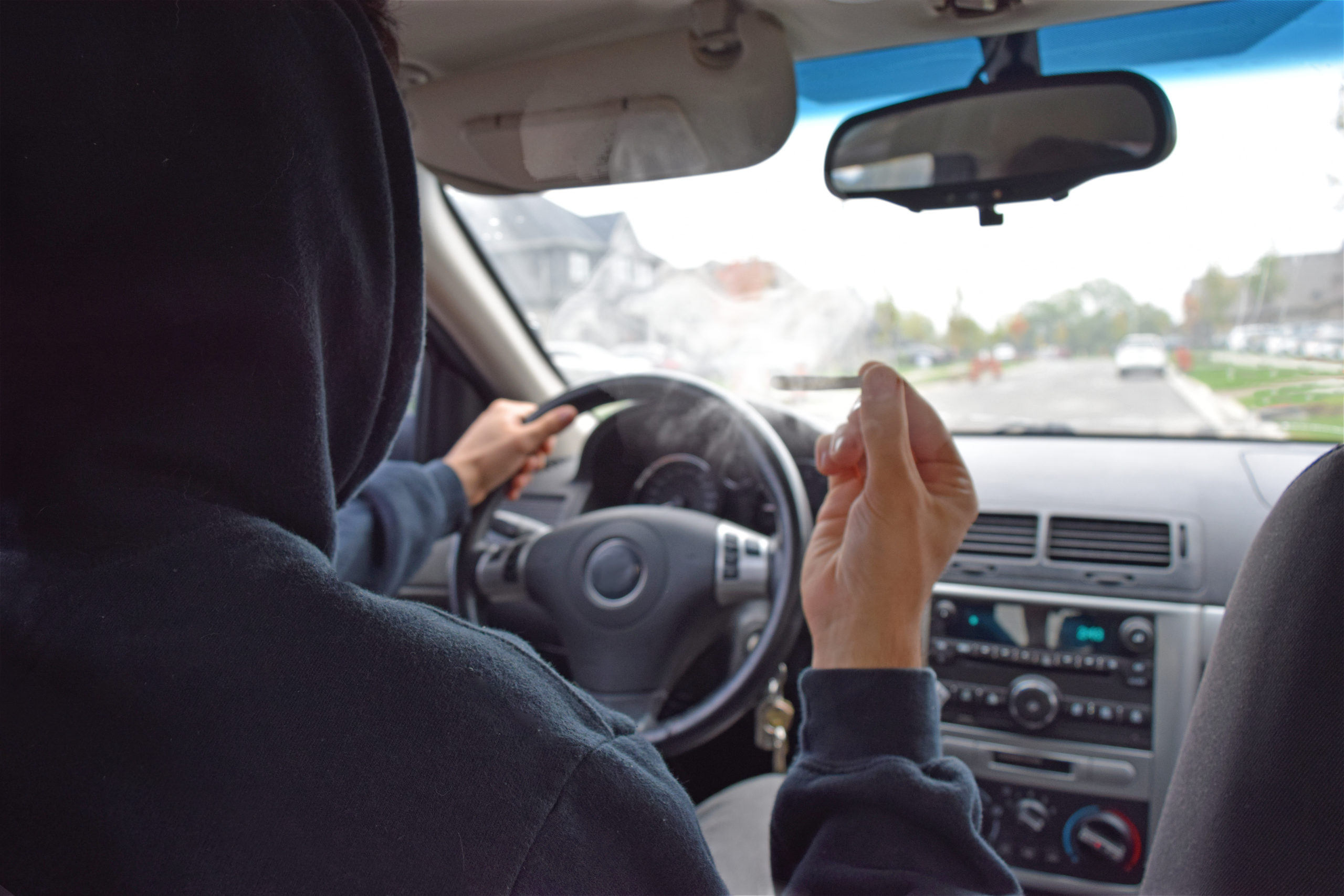
Drivers in Fatal Crashes More Likely To Be Under Influence of Prescription Drugs
A recent study shows that drugged drivers involved in fatal crashes are more likely to be test positive for prescription drugs, marijuana, and multiple drugs than 20 years ago.
The study examined fatal car crashes that occurred between 1993 and 2010, looking to investigate the correlation between the consumption of alcohol or other drugs and state laws when it comes to fatal car accidents.
The results shows that about 1 in 8 drivers were using multiple drugs at the same time in 1993—by 2010, approximately 1 in 5 drivers were using multiple drugs. There was also an increase in the rate of drivers using both drugs and alcohol behind the wheel; approximately 70 percent of drivers under the influence of cocaine also had alcohol in their system, and about 55 percent of drivers with marijuana in their system had also consumed alcohol.
The research also showed that drugged drivers are more likely to be older than 50. Of all drivers who tested positive for prescription drugs after a fatal crash, 39 percent were 50 years old or older.
“These trends are likely to continue into the future given the aging U.S. population, an increasing reliance on prescription medications by medical providers, and increasing initiatives to legalize marijuana” said study author Fernando Wilson, an associate professor at the University of Nebraska Medical Center. “However, it is unclear whether current state policies are completely up to the challenge of addressing the growing issue of drugged driving.”
Prescription drug use among senior citizens is unsurprising—approximately 90 percent of those 65 or older have prescription expenses. However, the number of elders comfortable with taking prescription drugs before getting behind the wheel is troubling.
Impaired driving continues to be a major problem nationwide. According to the Centers for Disease Control and Prevention, almost 30 Americans die in alcohol-related car accidents every single day—adding up to one death every 48 minutes. Alcohol-impaired driving costs the country more than $51 billion every year.
Alcohol-related accidents account for 31 percent of all traffic deaths in the U.S., and other drugs (including marijuana and cocaine) account for approximately 18 percent of all driver deaths. When combined with alcohol, these drugs further diminish the driver’s mental capacity, creating a severely dangerous situation.
According to the National Institute on Drug Abuse, approximately 10.3 million people (3.9 percent of adolescents and adults) reported driving under the influence of illegal drugs in 2011. Nearly three times that number—29.1 million people, or 11.2 percent of the adult population—reported driving under the influence of alcohol in the same year. A 2009 study from the National Highway Transportation Administration found that 18 percent of fatally injured drivers had at least one over-the-counter, prescription, or illegal drug in their system—an increase of 5 percent from 2005.
To combat drugged driving, the National Drug Control Strategy has the following goals:
- Encouraging states to adopt Per se (zero-tolerance) drug impairment laws
- Collecting further data on drugged driving
- Enhancing prevention of drugged driving by education committees and professionals
- Providing increased training to law enforcement on identifying drugged drivers
- Developing standard screening methodologies for drug-testing labs to use in detecting the presence of drugs

















